Home>Furniture & Design>Bathroom Accessories>How To Make Bathtub Not Slippery
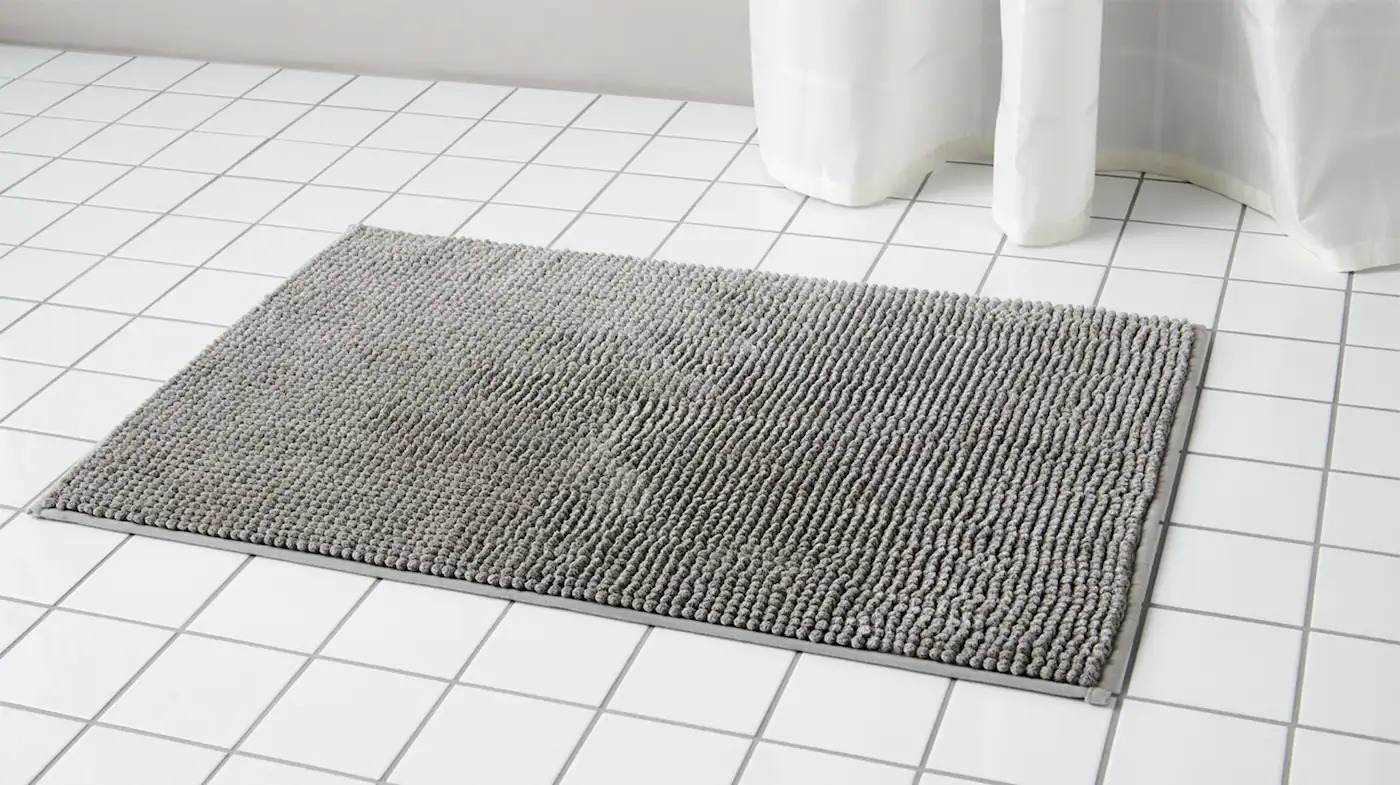

Bathroom Accessories
How To Make Bathtub Not Slippery
Modified: October 19, 2024
Learn how to make your bathtub safer and less slippery with the right bathroom accessories. Find out effective solutions to prevent accidents and ensure a secure bathing experience.
(Many of the links in this article redirect to a specific reviewed product. Your purchase of these products through affiliate links helps to generate commission for Storables.com, at no extra cost. Learn more)
Introduction
A relaxing soak in the bathtub is a luxurious way to unwind after a long day. However, the serenity of this experience can be disrupted by the potential hazard of a slippery bathtub. The risk of slipping and falling in the tub is a genuine concern for many individuals, especially the elderly and those with limited mobility. Fortunately, there are effective methods to address this issue and make your bathtub a safer place.
In this comprehensive guide, we will explore the various techniques and products available to help you make your bathtub not slippery. Whether you're a homeowner looking to enhance safety in your bathroom or a caregiver seeking ways to prevent accidents for a loved one, this article will provide valuable insights and practical solutions. Let's delve into the importance of addressing a slippery bathtub and discover the measures you can take to ensure a secure bathing environment for yourself and your family.
Key Takeaways:
- Slippery bathtubs can be dangerous, especially for the elderly and kids. Use non-slip mats, adhesive strips, and regular cleaning to make your bathtub safer and prevent accidents.
- Installing grab bars, handrails, and adjustable shower seats can provide support and stability, making bathing safer for those with limited mobility. Regular maintenance is key to upholding bathtub safety measures.
Read more: How To Make Floor Not Slippery
Understanding the Dangers of a Slippery Bathtub
A slippery bathtub poses a significant risk, particularly for individuals with limited mobility, the elderly, and young children. The combination of water, soap residue, and smooth surfaces can create a treacherous environment, increasing the likelihood of slips and falls. These accidents can result in severe injuries, ranging from bruises and sprains to more serious consequences such as fractures or head trauma.
The bathroom, often a confined space, presents additional hazards when a bathtub is slippery. The hard surfaces and sharp edges found in most bathrooms can exacerbate the impact of a fall, leading to more severe injuries. Moreover, the presence of water can make it challenging for individuals to regain their footing once a slip occurs, further heightening the risk of injury.
In addition to physical harm, the psychological impact of a slip in the bathtub should not be overlooked. Individuals who have experienced a fall in the bathroom may develop a fear of bathing or showering, leading to decreased personal hygiene and an overall decline in well-being. This fear can also extend to caregivers and family members who are concerned about the safety of their loved ones.
Furthermore, the financial implications of bathtub slips should be considered. Medical expenses resulting from injuries sustained in the bathroom can be substantial, especially if long-term care or rehabilitation is required. Additionally, the loss of independence due to a fall can lead to increased reliance on caregivers or the need for home modifications, further impacting the individual's financial situation.
Understanding the potential dangers of a slippery bathtub underscores the importance of taking proactive measures to mitigate these risks. By implementing effective strategies to make the bathtub safer, individuals can minimize the likelihood of accidents and create a secure bathing environment for themselves and their loved ones.
To make a bathtub less slippery, try using non-slip adhesive strips or a non-slip mat. These can be easily applied to the bottom of the tub to provide better traction and reduce the risk of slipping.
Methods for Making Your Bathtub Not Slippery
-
Non-Slip Mats and Decals: One of the most popular and effective ways to enhance bathtub safety is by using non-slip mats and decals. These specially designed mats feature textured surfaces that provide traction, reducing the risk of slipping in the tub. They are available in various sizes and shapes to accommodate different bathtub configurations, and some models come with suction cups to ensure a secure fit. Non-slip decals can also be applied directly to the bathtub surface, offering an additional layer of protection against slips.
-
Adhesive Strips: Adhesive strips are another practical solution for making your bathtub less slippery. These strips, often made of durable, waterproof materials, can be easily affixed to the bottom of the bathtub to create a non-slip surface. They are particularly beneficial for individuals who prefer a more discreet option compared to traditional non-slip mats. Adhesive strips come in different colors and designs, allowing you to customize the appearance of your bathtub while prioritizing safety.
-
Non-Slip Coatings: Non-slip coatings provide an effective way to increase traction in the bathtub without the need for additional accessories. These coatings are applied directly to the bathtub surface, creating a textured layer that enhances grip. They are available in various formulations, including clear coatings that preserve the bathtub's aesthetic appeal. Non-slip coatings offer a long-lasting solution for preventing slips and falls, making them a popular choice for homeowners seeking a permanent safety enhancement.
-
Grab Bars and Handrails: Installing grab bars and handrails in the vicinity of the bathtub can significantly improve safety, especially for individuals who require assistance while bathing. These sturdy fixtures provide support and stability, allowing bathers to maintain their balance when entering, exiting, or maneuvering within the bathtub. Grab bars come in different styles and finishes to complement the bathroom decor, and they can be strategically positioned to accommodate the specific needs of the user.
-
Adjustable Shower Seats: For individuals with mobility challenges or those who prefer seated bathing, adjustable shower seats offer a practical solution for enhancing bathtub safety. These seats can be installed inside the bathtub, providing a stable and comfortable surface for bathing. Adjustable shower seats are designed to accommodate various body types and can be easily adjusted to the desired height. They often feature non-slip feet to ensure stability during use.
-
Regular Cleaning and Maintenance: Maintaining a clean bathtub surface is essential for preventing slips. Regularly cleaning the bathtub to remove soap residue, mineral deposits, and other slippery substances can help improve traction. Additionally, promptly addressing any signs of wear or damage to non-slip surfaces, such as mats or coatings, is crucial for ensuring their continued effectiveness in preventing slips.
By implementing these methods, individuals can effectively make their bathtub not slippery, promoting a safer and more secure bathing experience for themselves and their loved ones.
Conclusion
In conclusion, addressing the issue of a slippery bathtub is paramount for ensuring the safety and well-being of individuals, particularly those with limited mobility, the elderly, and young children. The potential dangers associated with a slippery bathtub, including the risk of slips, falls, and related injuries, underscore the importance of implementing effective safety measures in the bathroom. By understanding the various methods available to make a bathtub not slippery, individuals can proactively enhance safety and create a secure bathing environment.
The utilization of non-slip mats, decals, adhesive strips, and coatings provides practical solutions for increasing traction in the bathtub. These options cater to different preferences and aesthetic considerations, allowing individuals to customize their bathtub safety while prioritizing functionality. Additionally, the installation of grab bars, handrails, and adjustable shower seats offers valuable support and stability, particularly for those who require assistance or have specific mobility needs.
Furthermore, the significance of regular cleaning and maintenance cannot be overstated. By diligently maintaining a clean bathtub surface and promptly addressing any signs of wear or damage to non-slip surfaces, individuals can uphold the effectiveness of safety enhancements over time. This proactive approach contributes to a sustained reduction in the risk of slips and falls, promoting a secure bathing environment for all users.
It is essential for individuals, caregivers, and homeowners to recognize the impact of a slippery bathtub on both physical and psychological well-being. By taking proactive steps to mitigate these risks, individuals can enjoy a sense of security and confidence during their bathing routines. Moreover, the implementation of safety measures in the bathroom can alleviate concerns for caregivers and family members, fostering a supportive and secure environment for all.
In essence, the methods discussed in this guide offer practical and effective ways to make a bathtub not slippery, ultimately promoting safety, independence, and peace of mind. By prioritizing bathtub safety, individuals can continue to enjoy the comfort and relaxation of bathing without compromising their well-being. With the right safety measures in place, the bathtub can once again become a sanctuary for rejuvenation and tranquility, free from the worry of slips and falls.
Frequently Asked Questions about How To Make Bathtub Not Slippery
Was this page helpful?
At Storables.com, we guarantee accurate and reliable information. Our content, validated by Expert Board Contributors, is crafted following stringent Editorial Policies. We're committed to providing you with well-researched, expert-backed insights for all your informational needs.
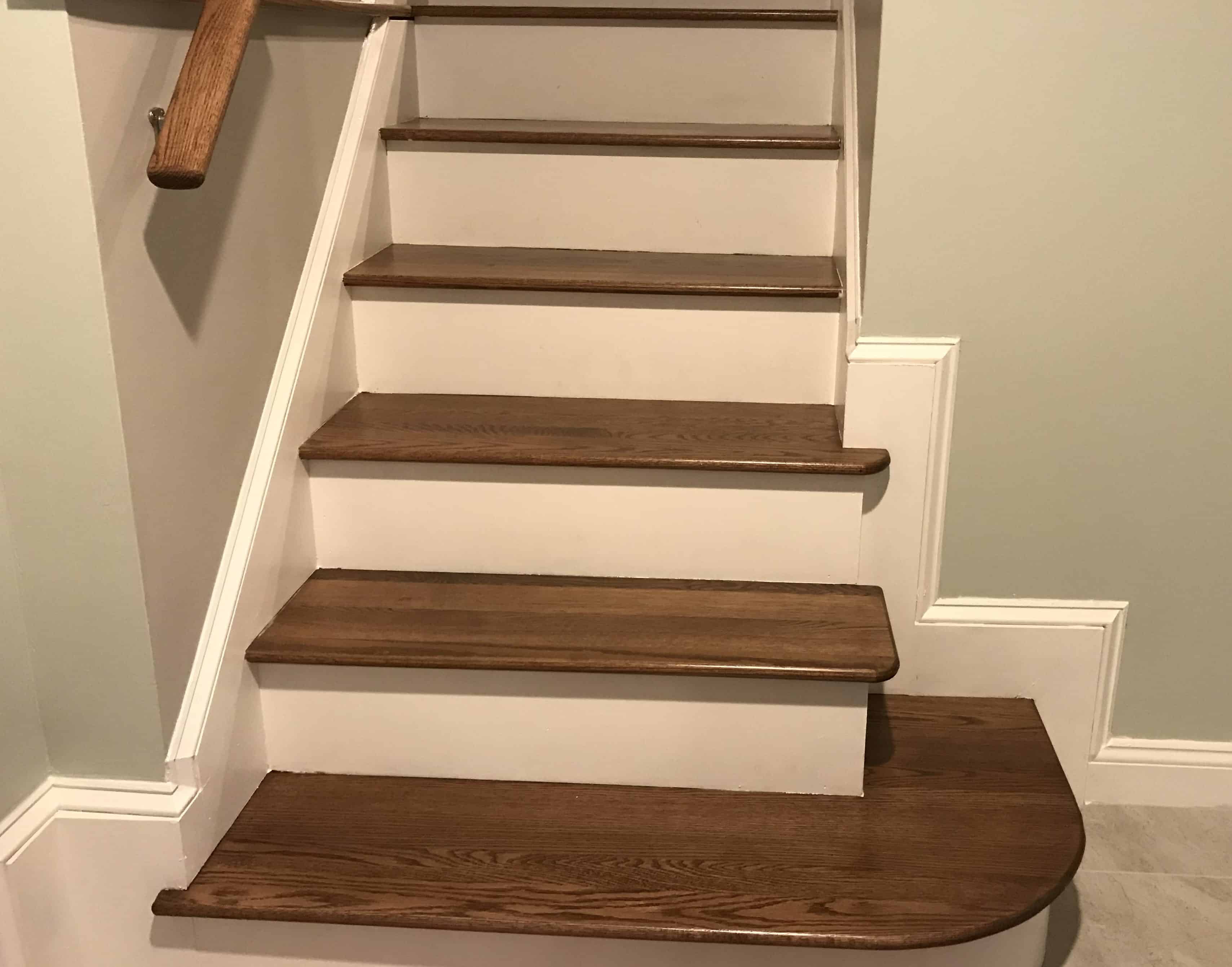
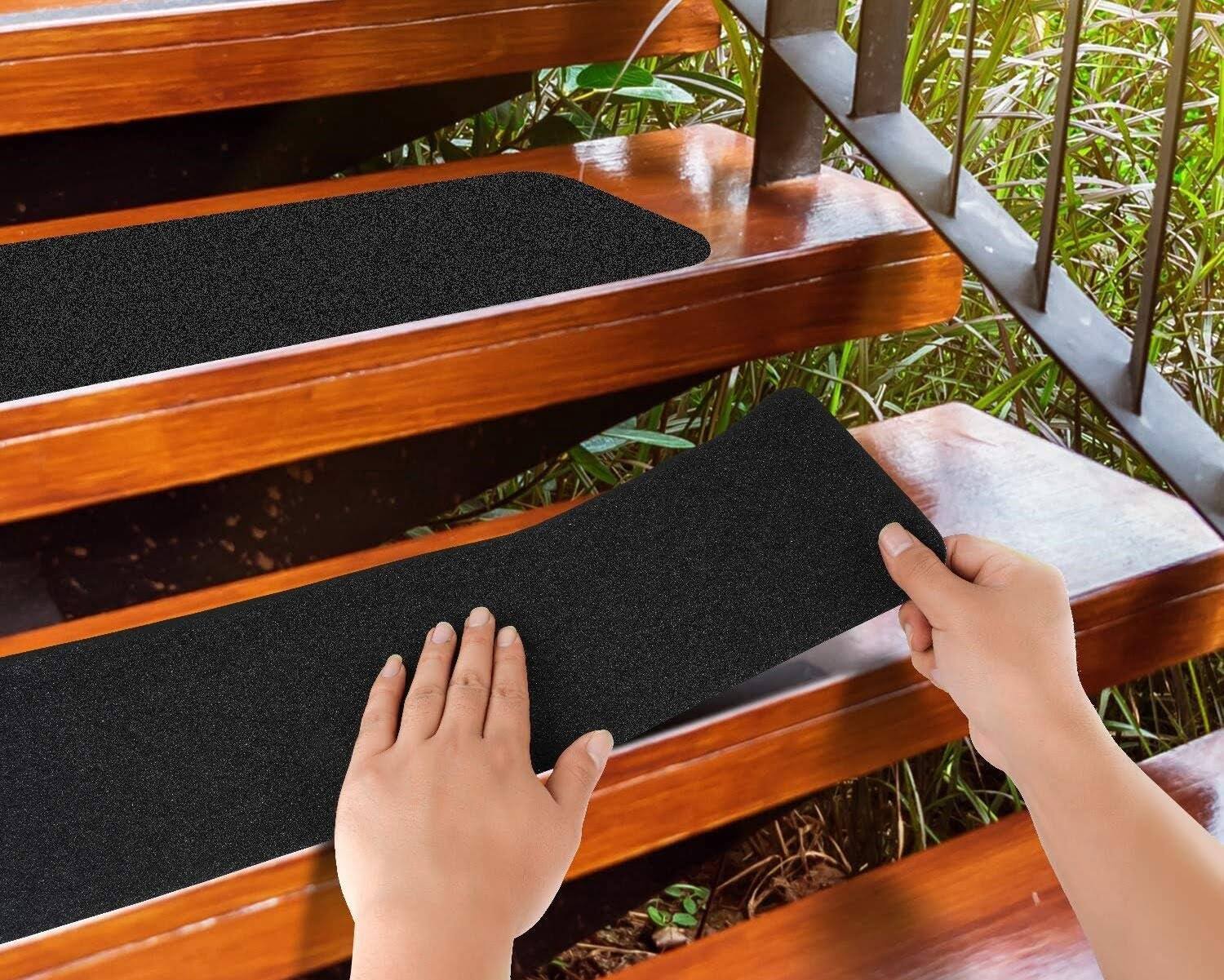
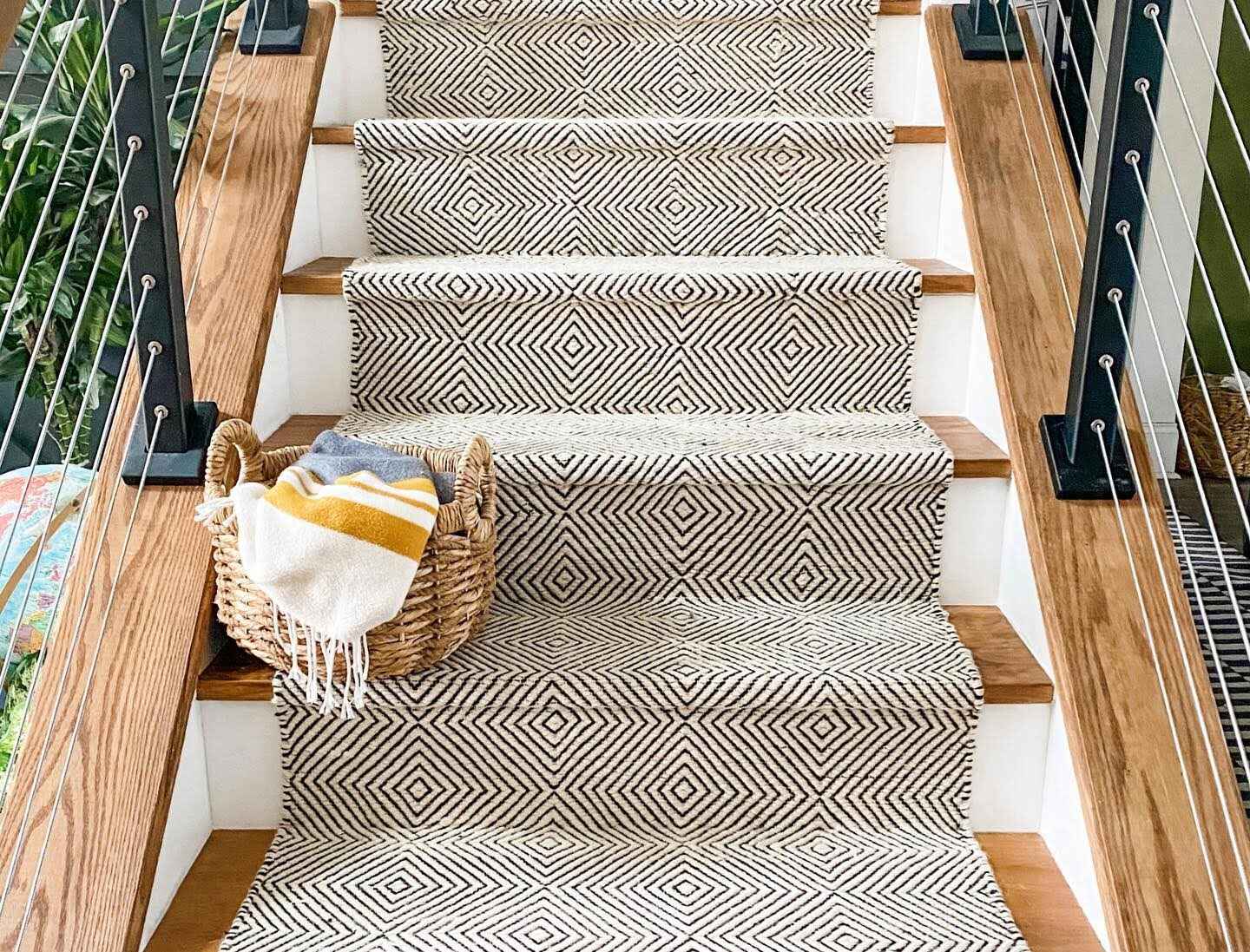
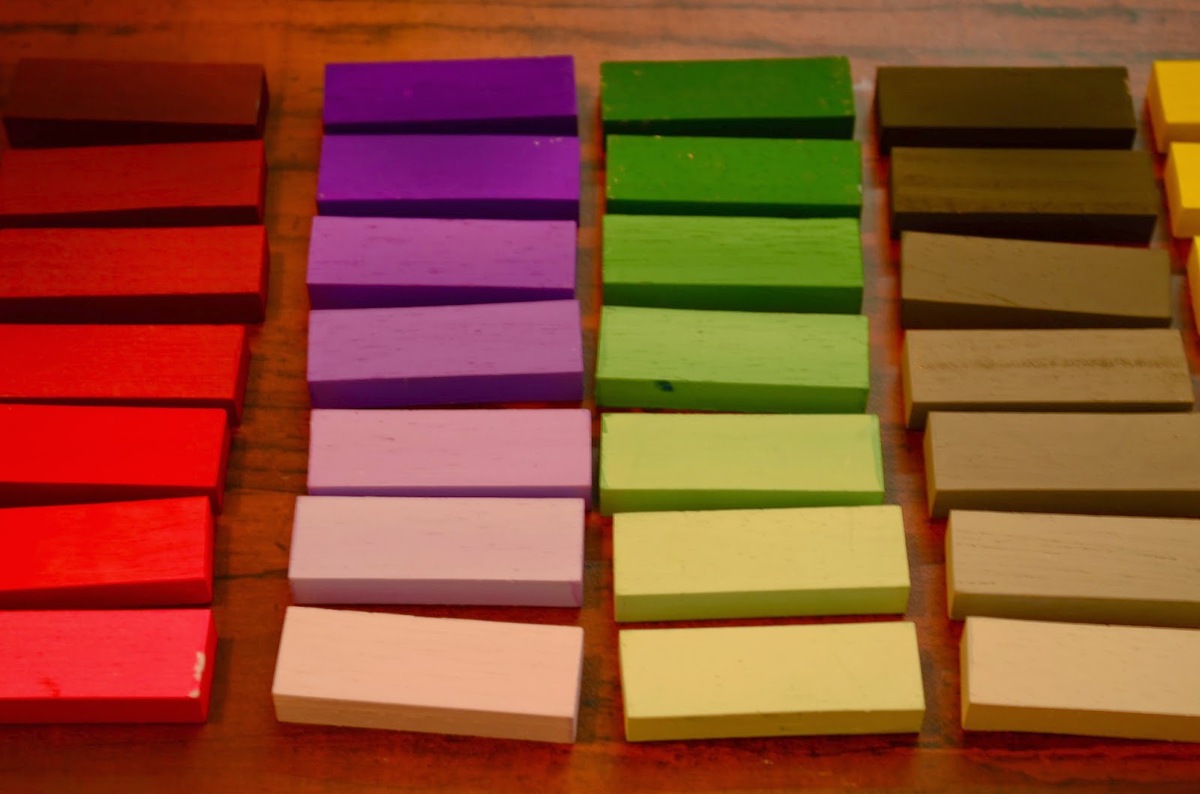
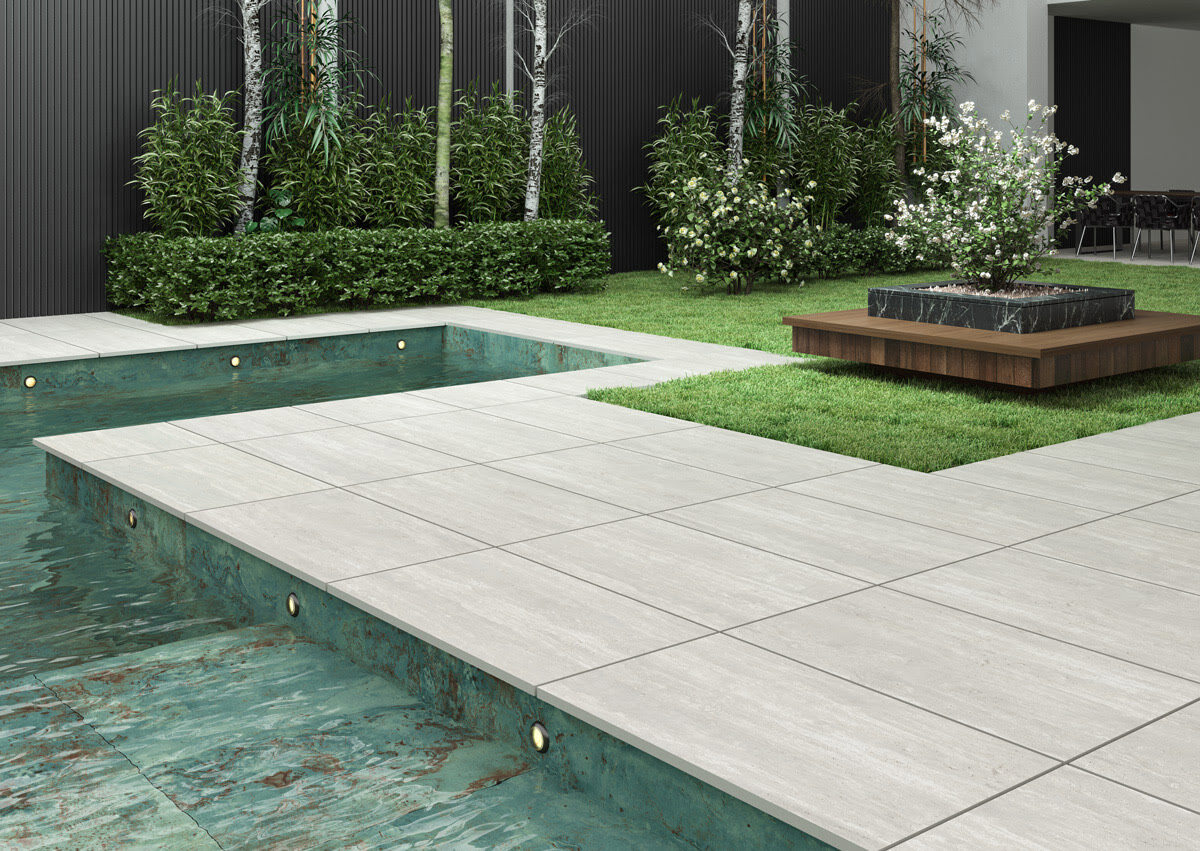
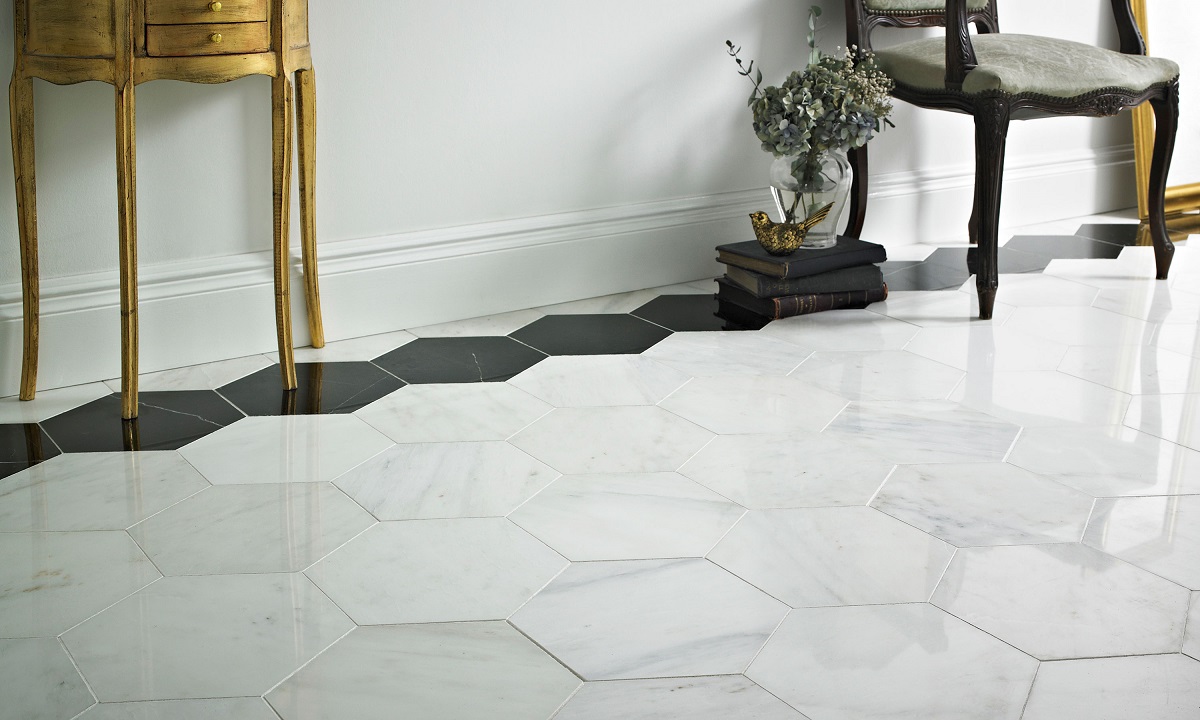
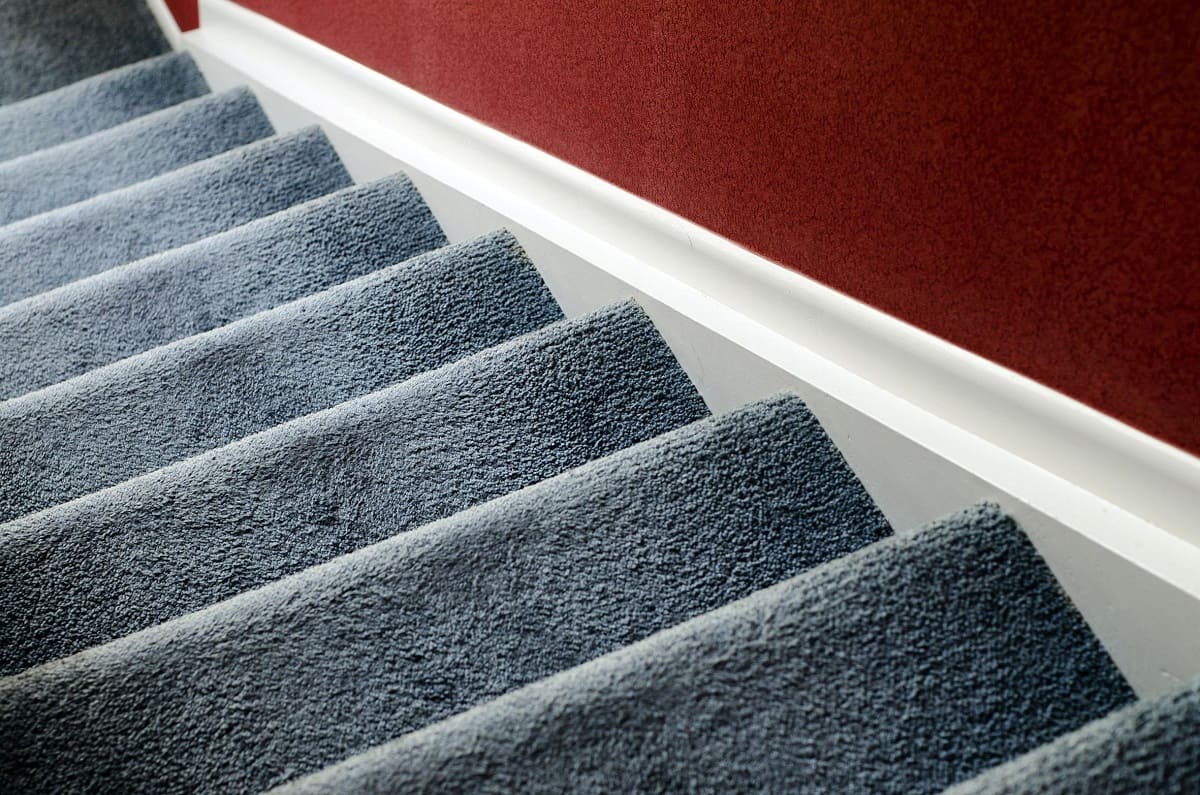
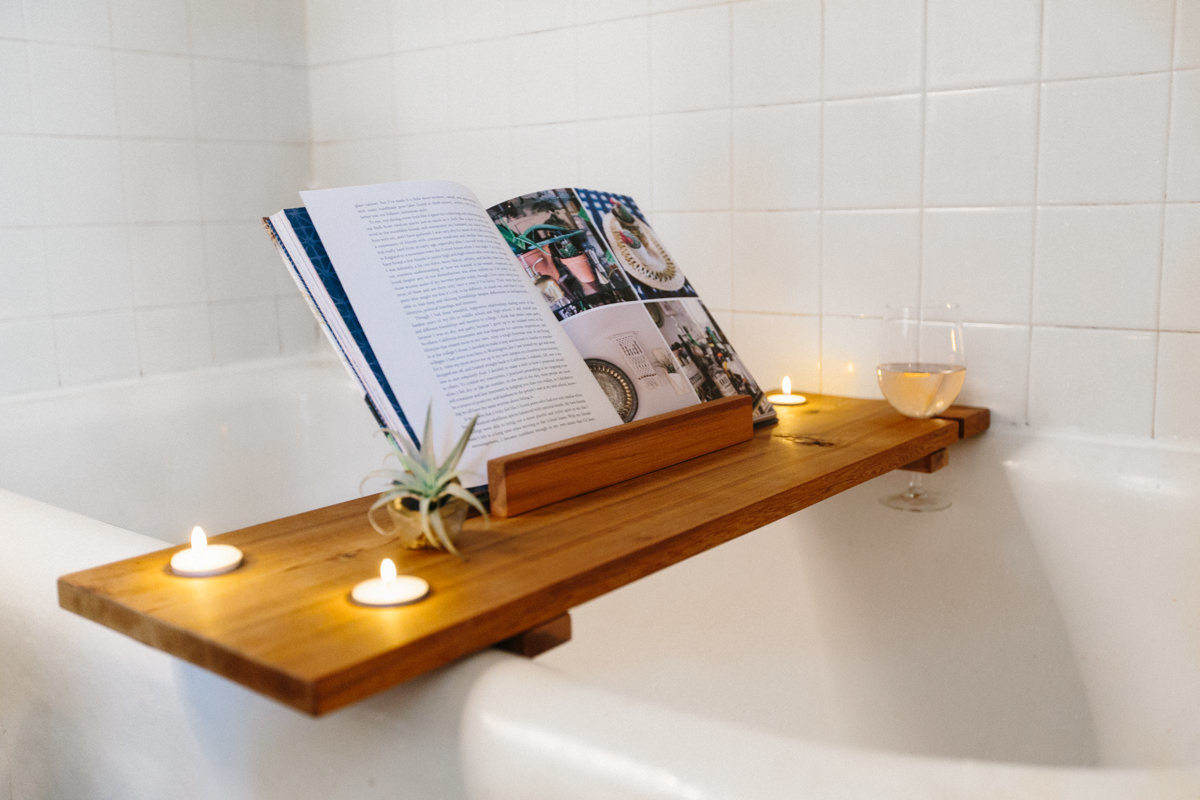
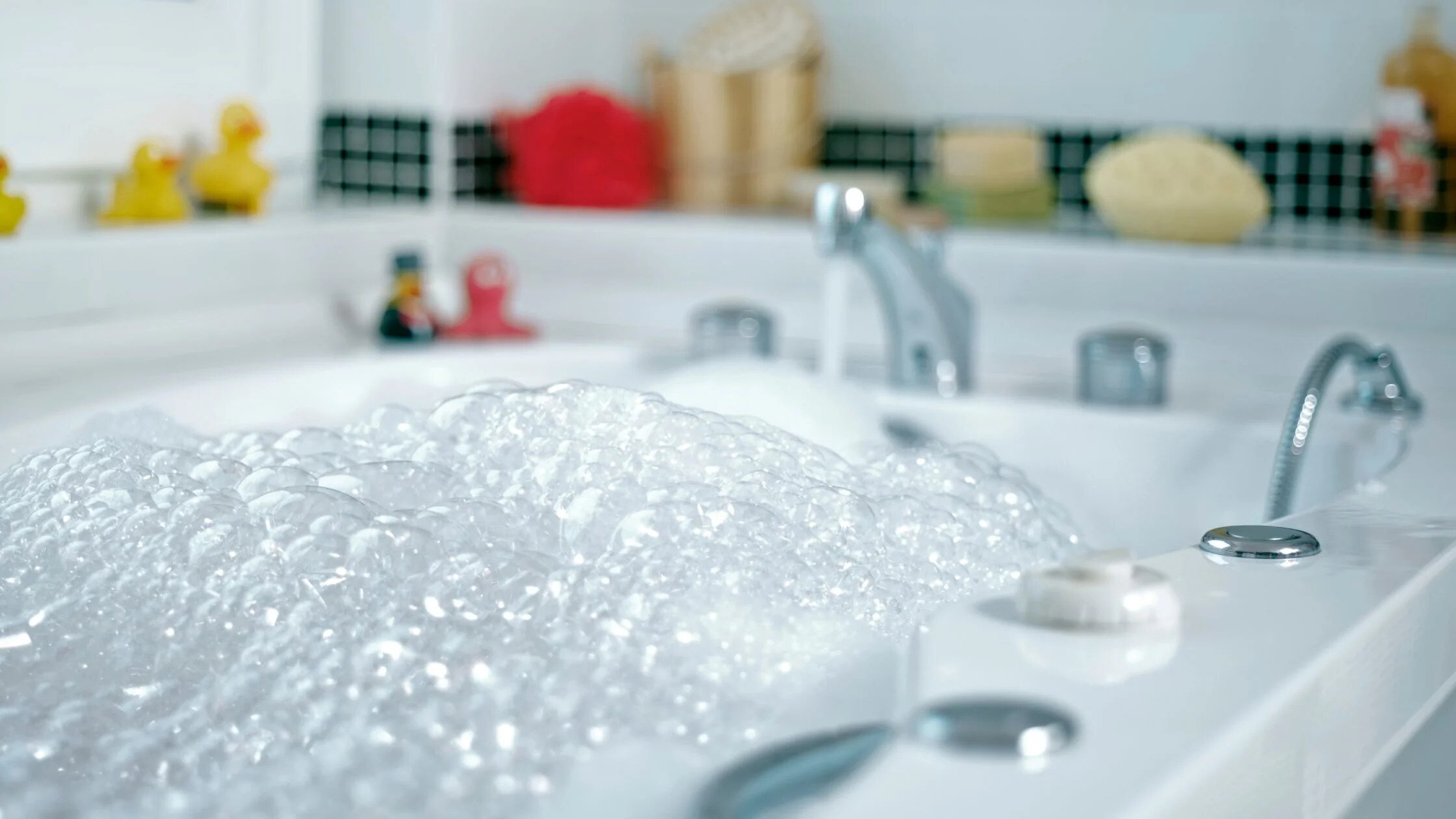
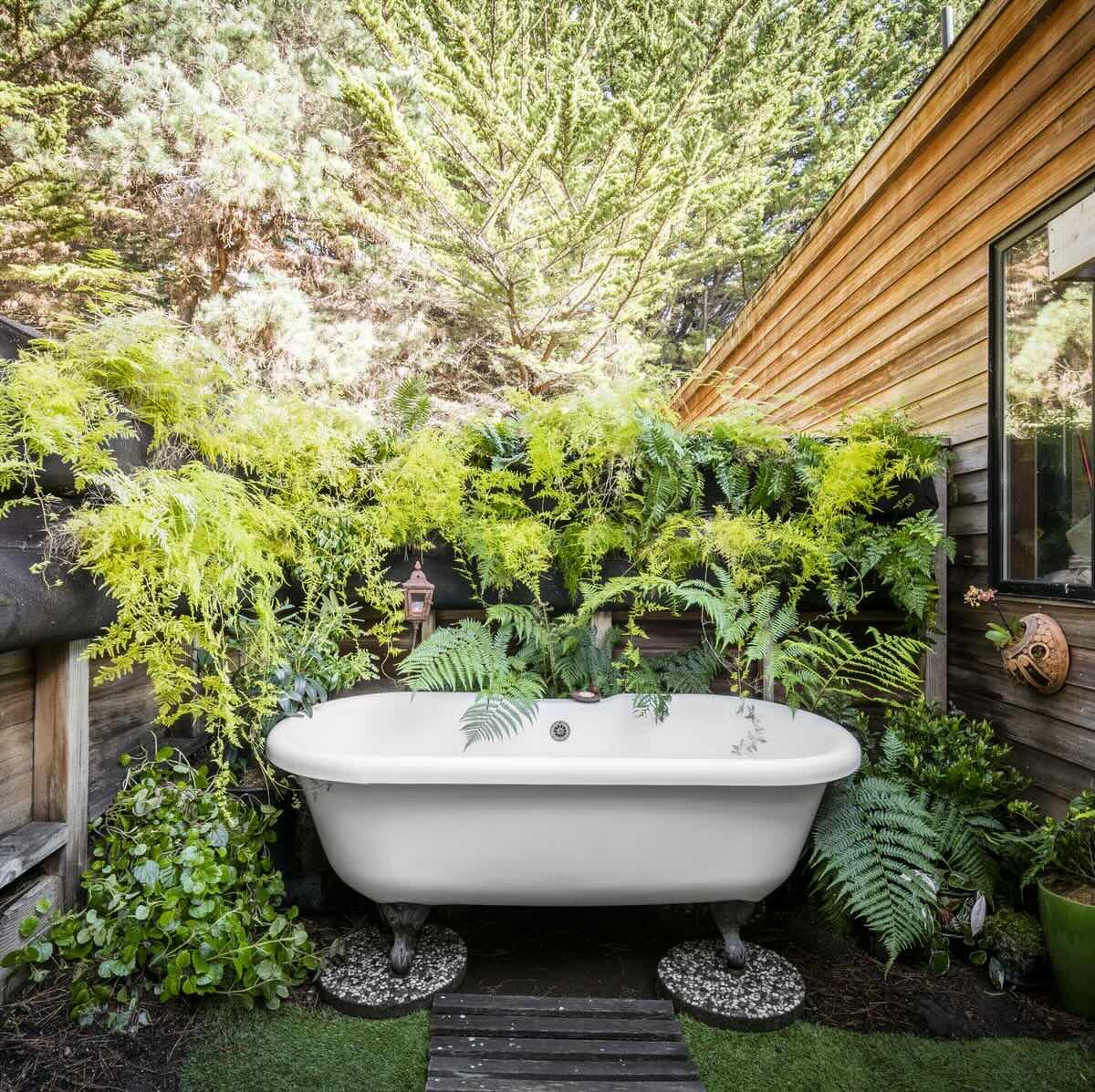
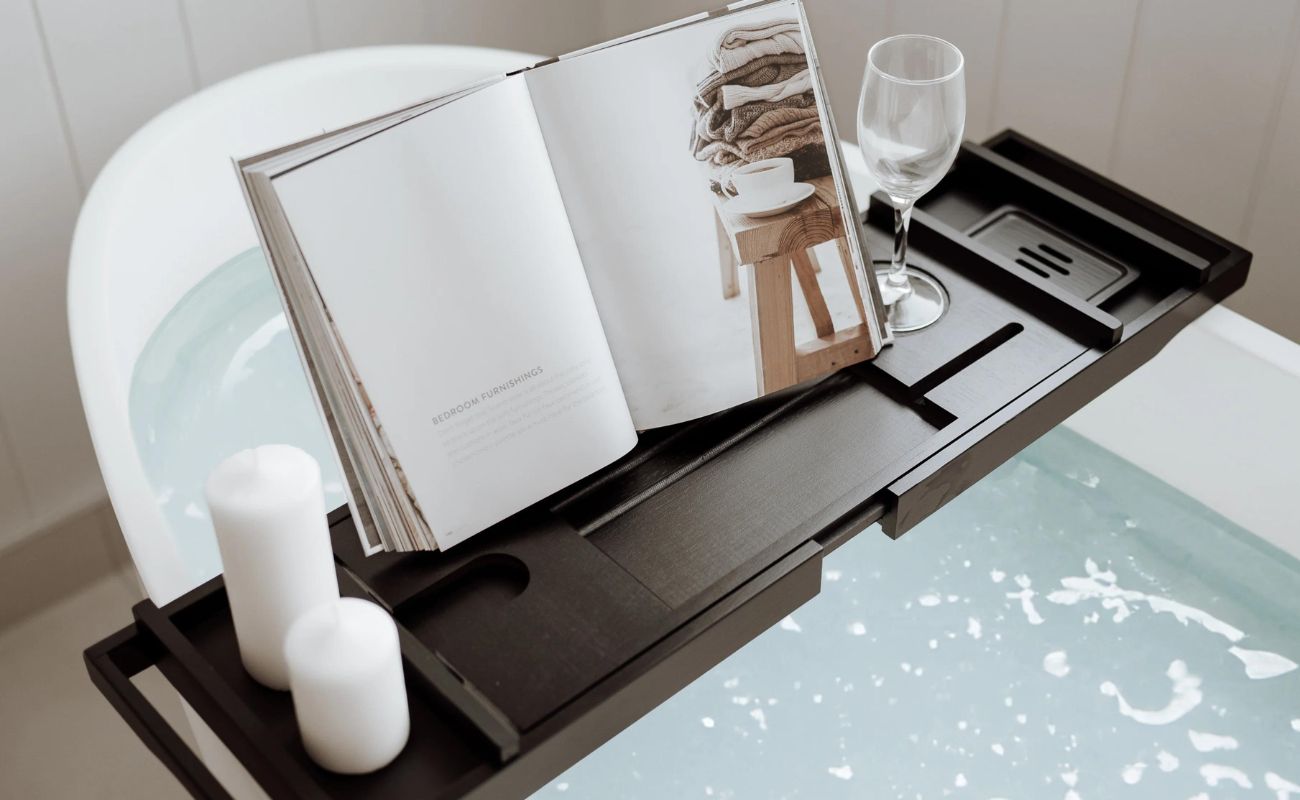
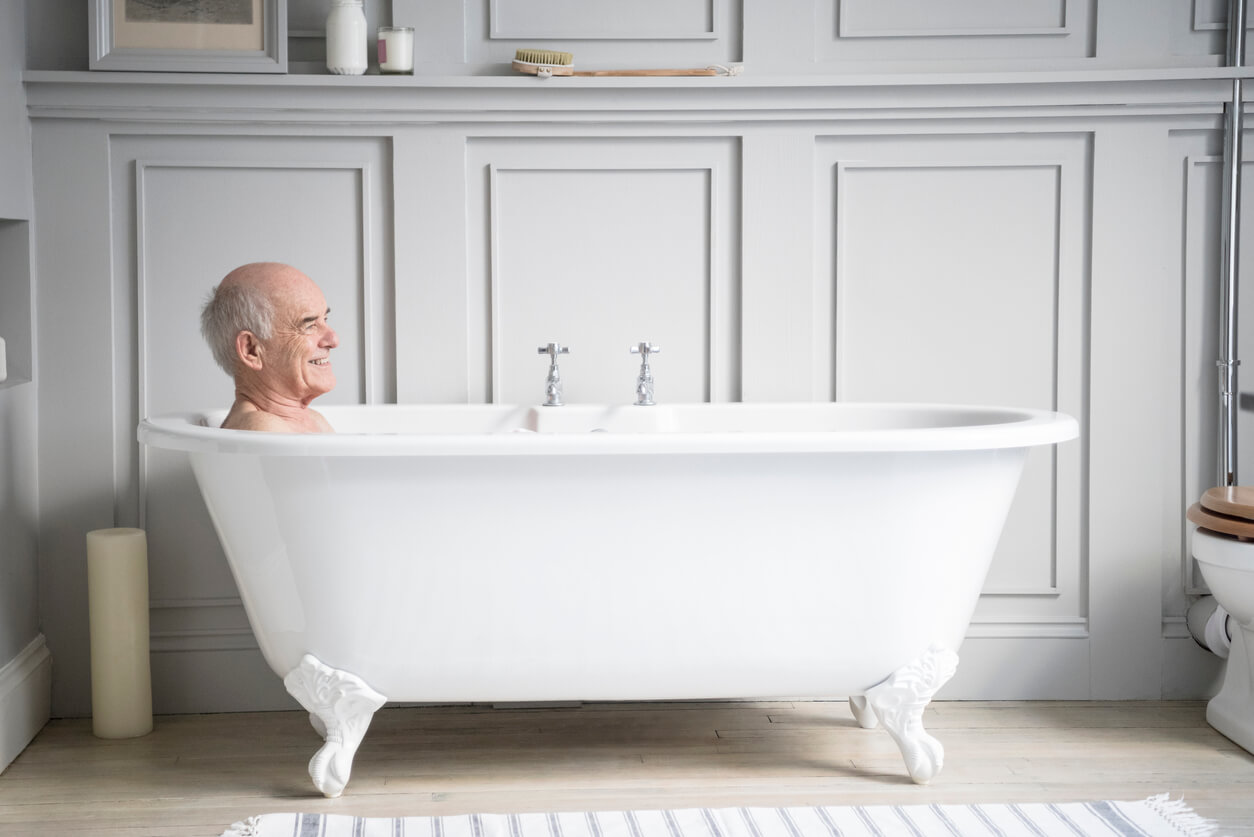
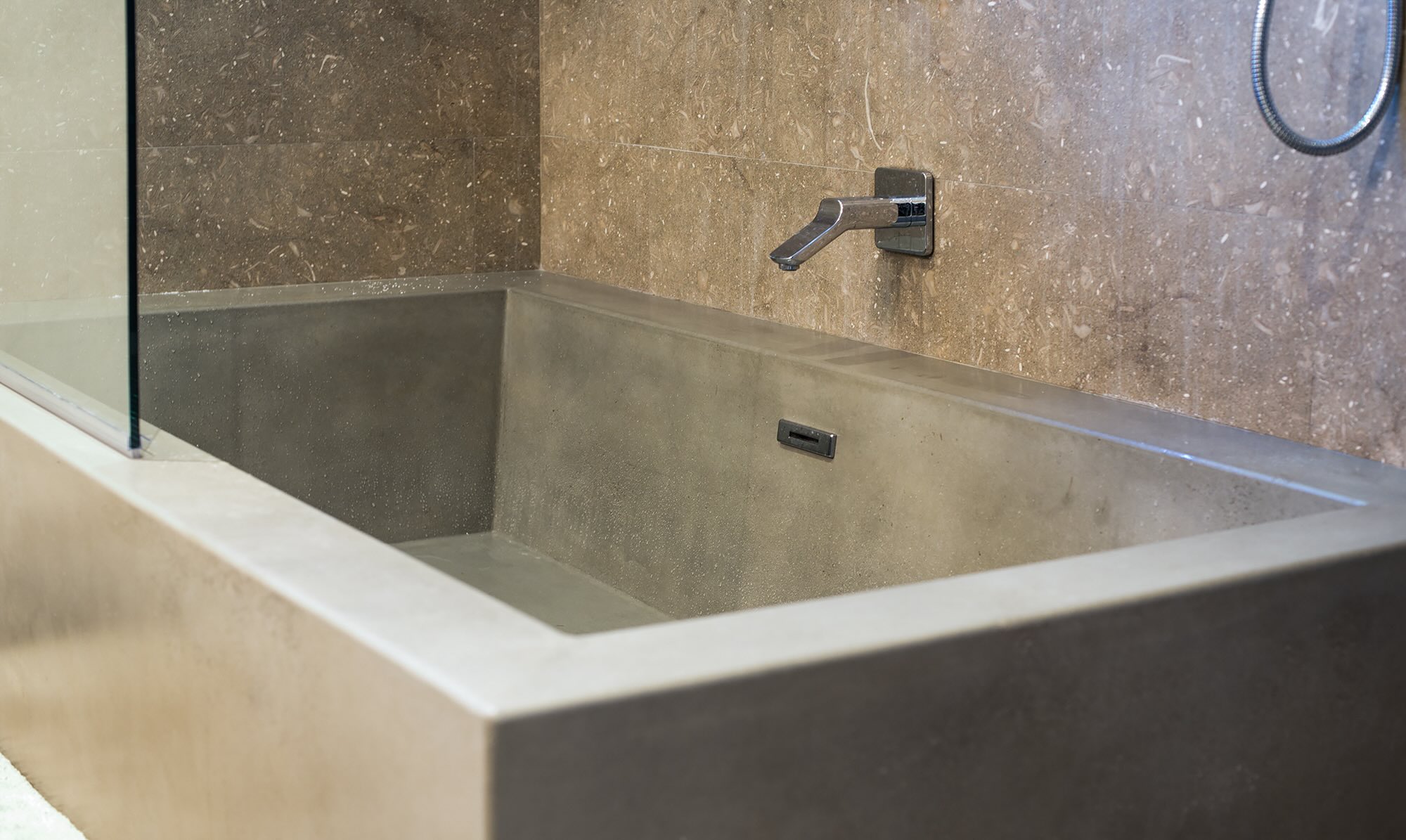
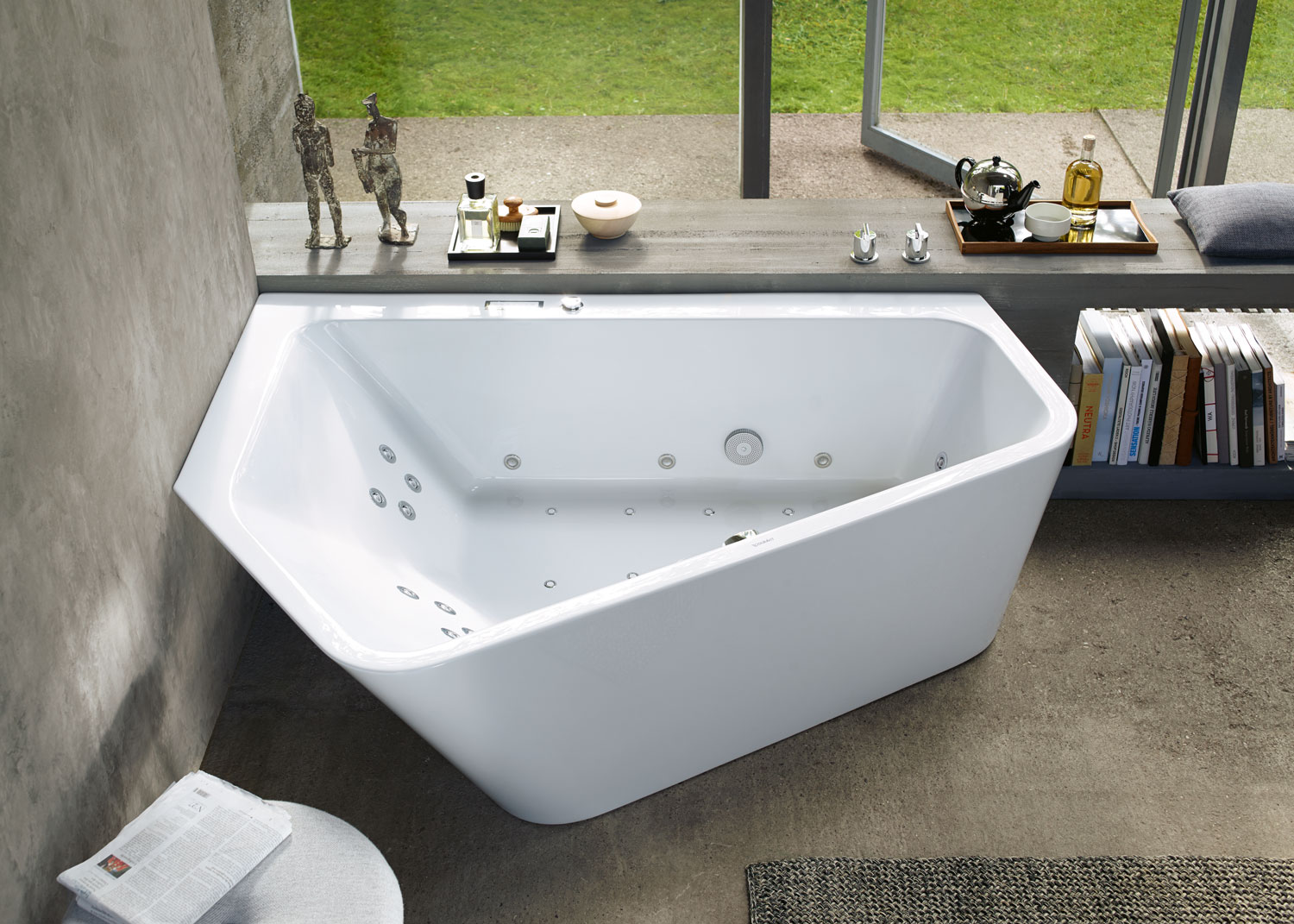
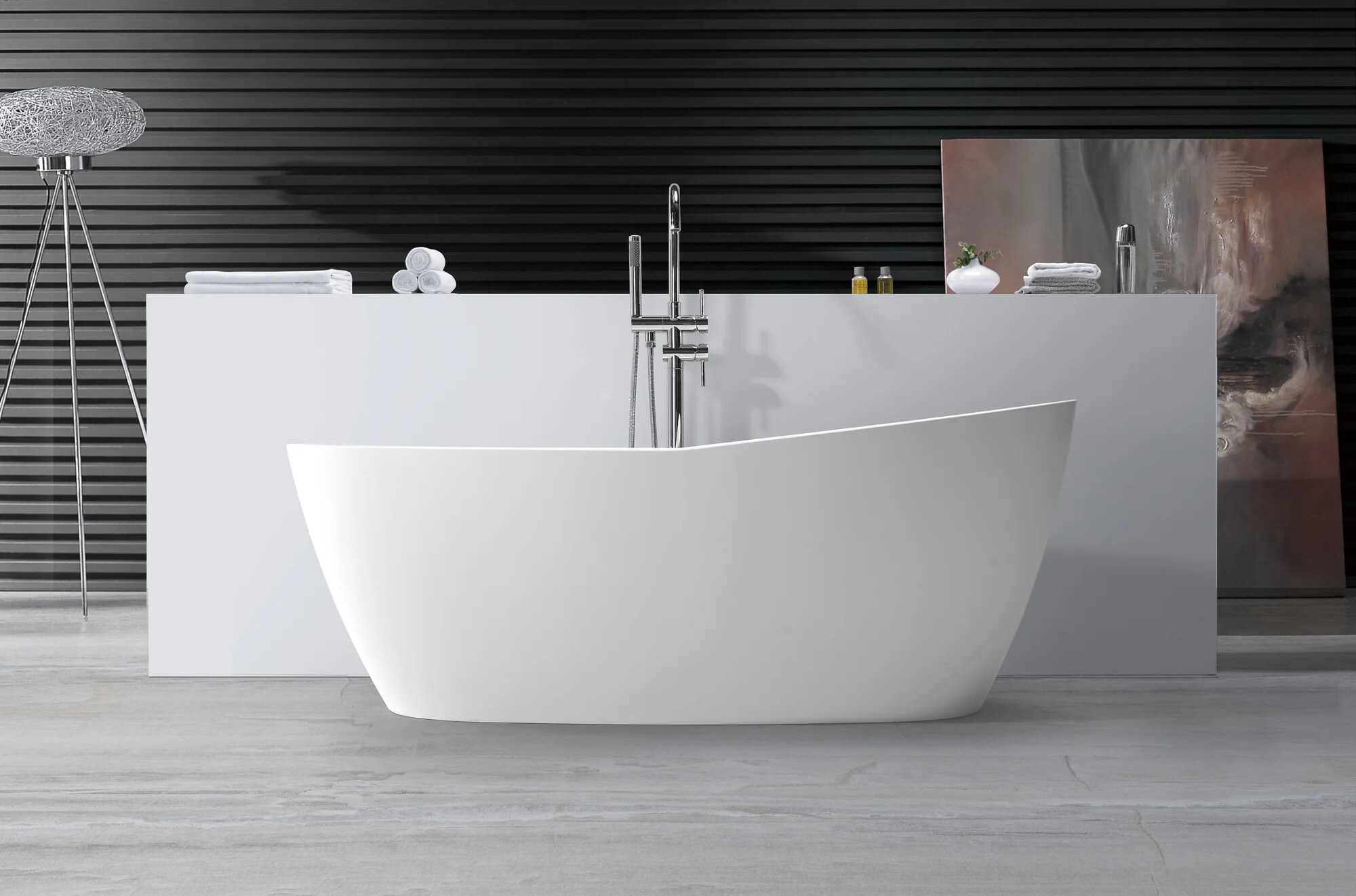

0 thoughts on “How To Make Bathtub Not Slippery”